Seattle’s Police-Free Occupied ‘CHAZ’ Zone Is Now Wasteland of Abandoned Buildings, Vandalism, and Homeless Doing ‘Fentanyl Flop’
In 2020, the area was ruled by a heavily armed rapper and became a hotbed of violent crime.

SEATTLE — Amidst the national protests spurred by the death of George Floyd, far-left protestors at Seattle, Washington, managed to take over 14 square blocks in June of 2020, declaring the zone “autonomous” from police, in what would be known as the Capitol Hill Autonomous Zone — or CHAZ — and Capitol Hill Occupied Protest.
Four years later, the police are back, and the tents and free-living social justice warriors are gone, but the area is still living with the scars of the George Floyd racial reckoning.
The Autonomous Zone centered around Seattle’s Cal Anderson Park. What was named by Forbes in 2009 as one of America’s best city parks is now half-abandoned and heavily vandalized. Ornate, Gothic-style street lamps and lights dotting the park’s perimeter are toppled and missing. Graffiti covers every surface, particularly of the skate park that sits abandoned during most hours of the day.
Facilities, including a small Tudor-style clubhouse used for private gatherings known as the Cal Anderson shelter house, are now closed and fenced off, with signs posted by the city promising a “reimagining.” Children are pushed in strollers feet away from addicts encamped in tents openly using drugs, a symptom of the fentanyl crisis that’s hit Seattle badly.
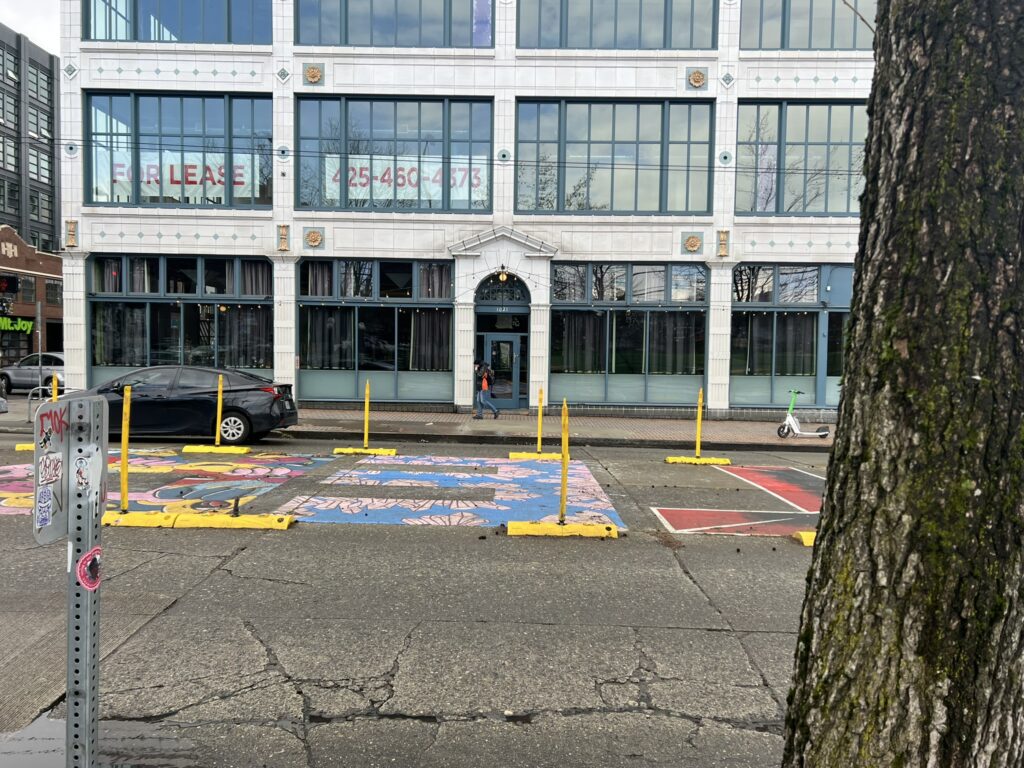
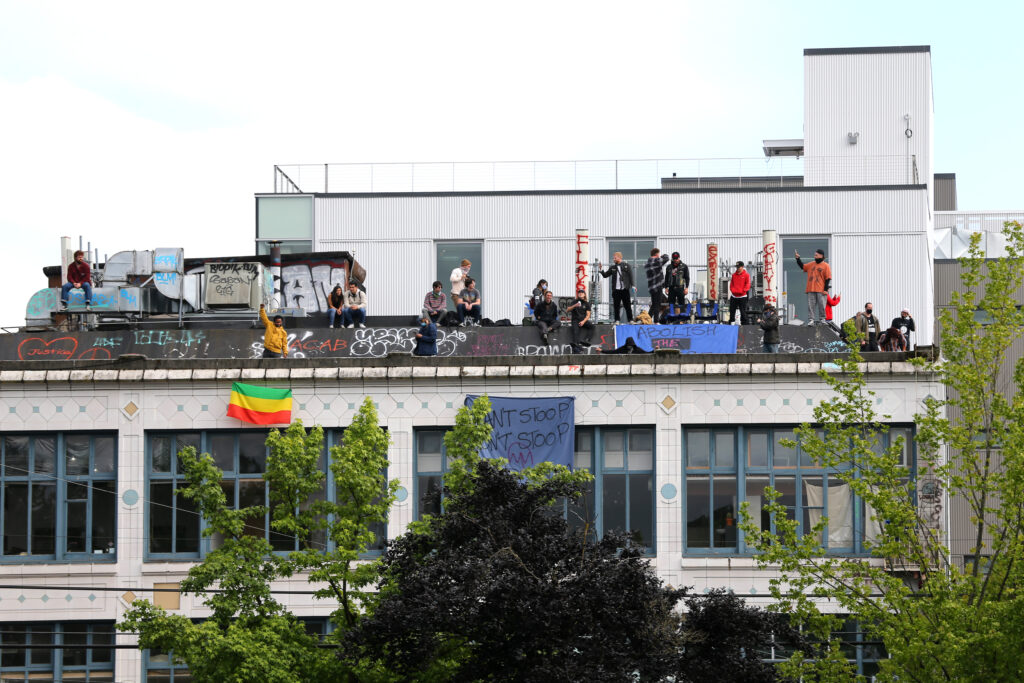
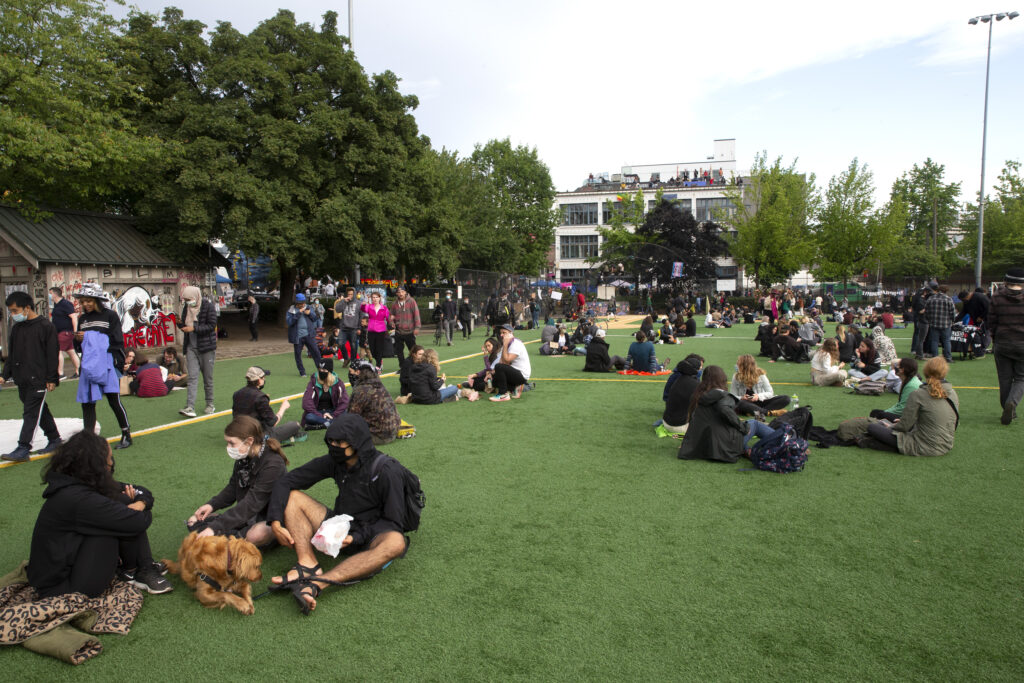
The autonomous zone’s establishment was spurred by the 2020 so-called “racial reckoning” following the death of George Floyd at Minneapolis. Even though Seattle did not itself have any controversies related to police misconduct, far-left demonstrators directed their anger at the nearby East Precinct police station. Over the first weeks of June 2020, protestors, some of whom were affiliated with so-called “anti-fascist” and revolutionary communist organizations, fired at the station with tear gas, flashbangs, and pepper spray. They attempted to entrap police officers within the station while one activist, Isaiah Thomas Willougby, set fire to the building. Faced with the danger posed by far-left protestors and a city council that had voted to restrict the police force’s use of tear gas, the officers fled the station on June 8, returning on July 10.
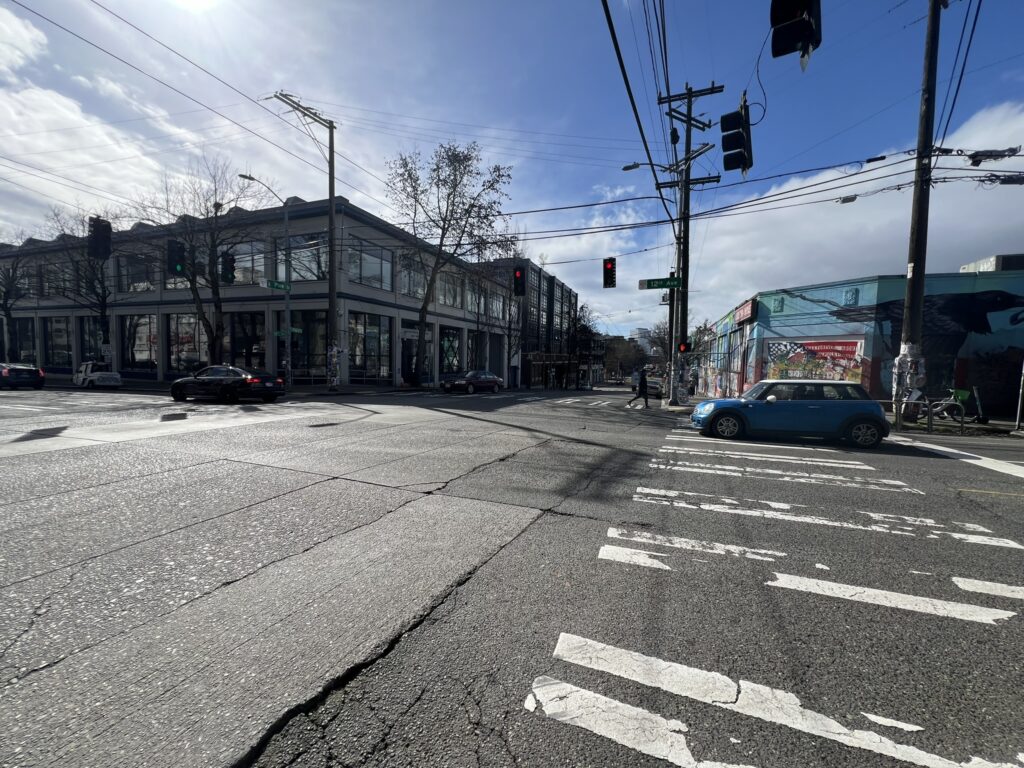
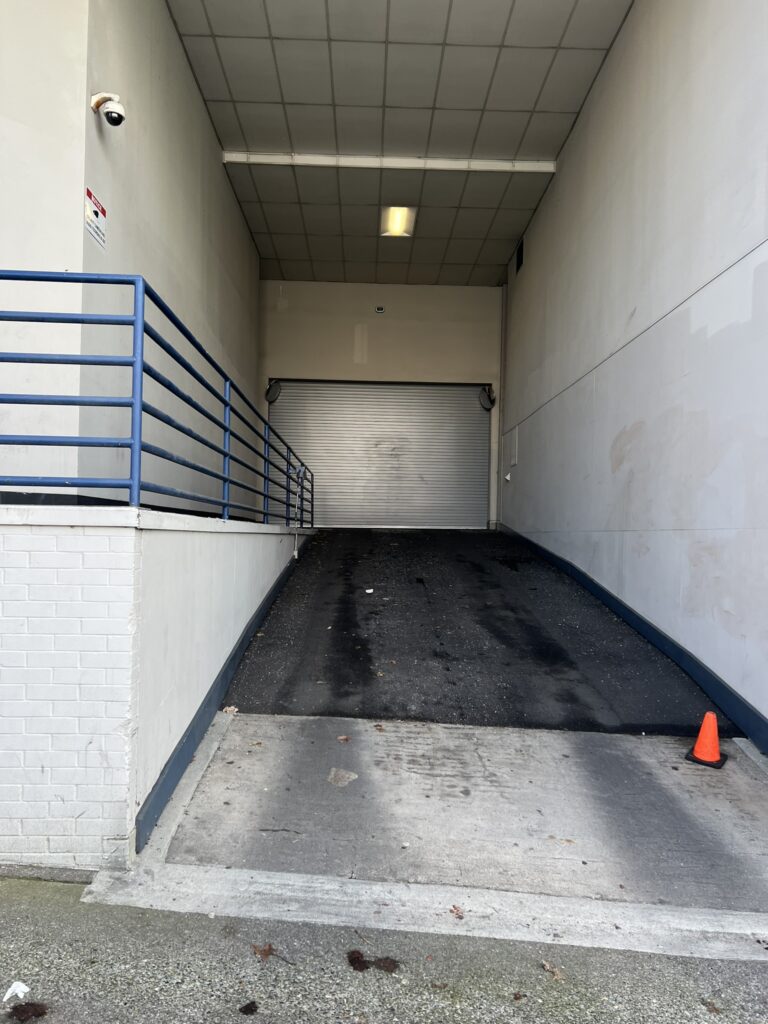
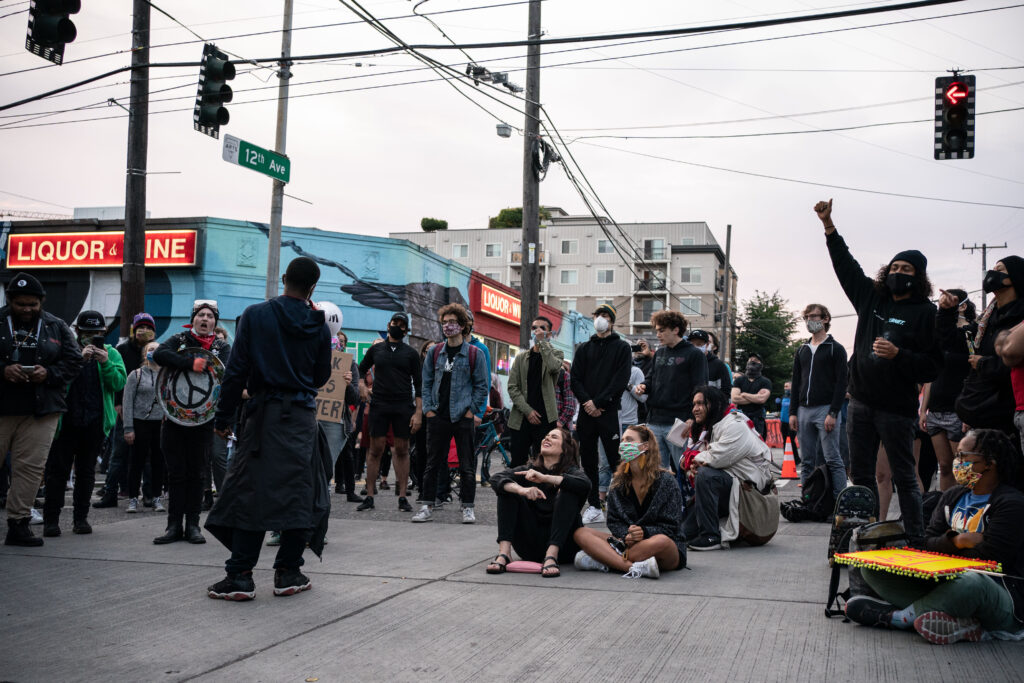
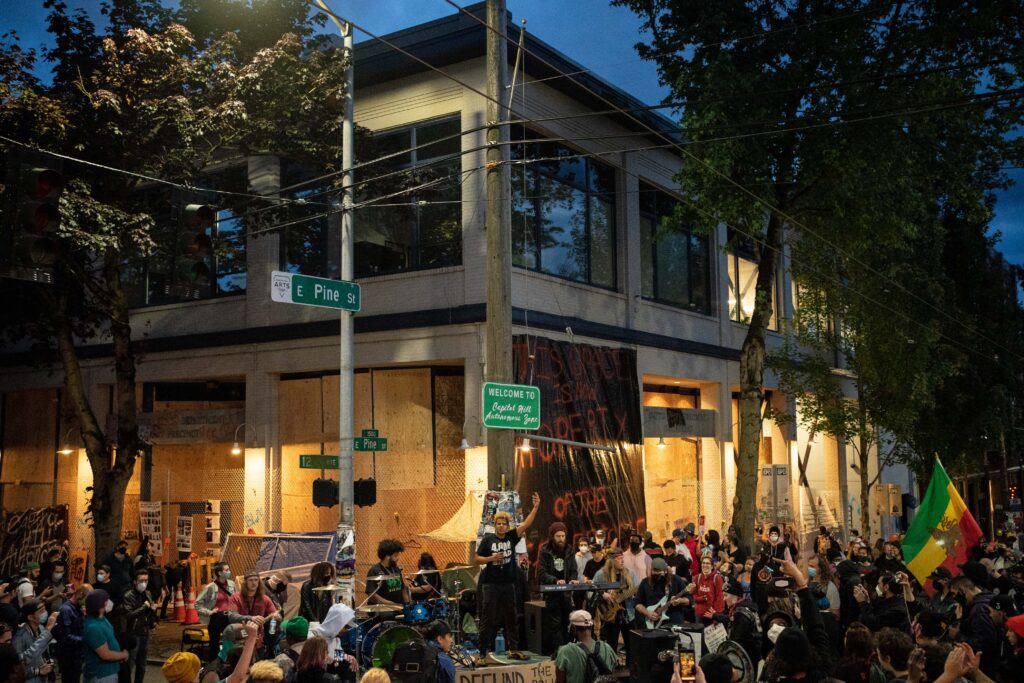
Today, the East Precinct station still bears the scars of the assault. The station’s sally-port door is lightly stained with the outline of what appears to be firework explosives. As with the rest of the buildings in the formerly occupied zone, graffiti is either present or somewhat visible despite attempts to wash it away.
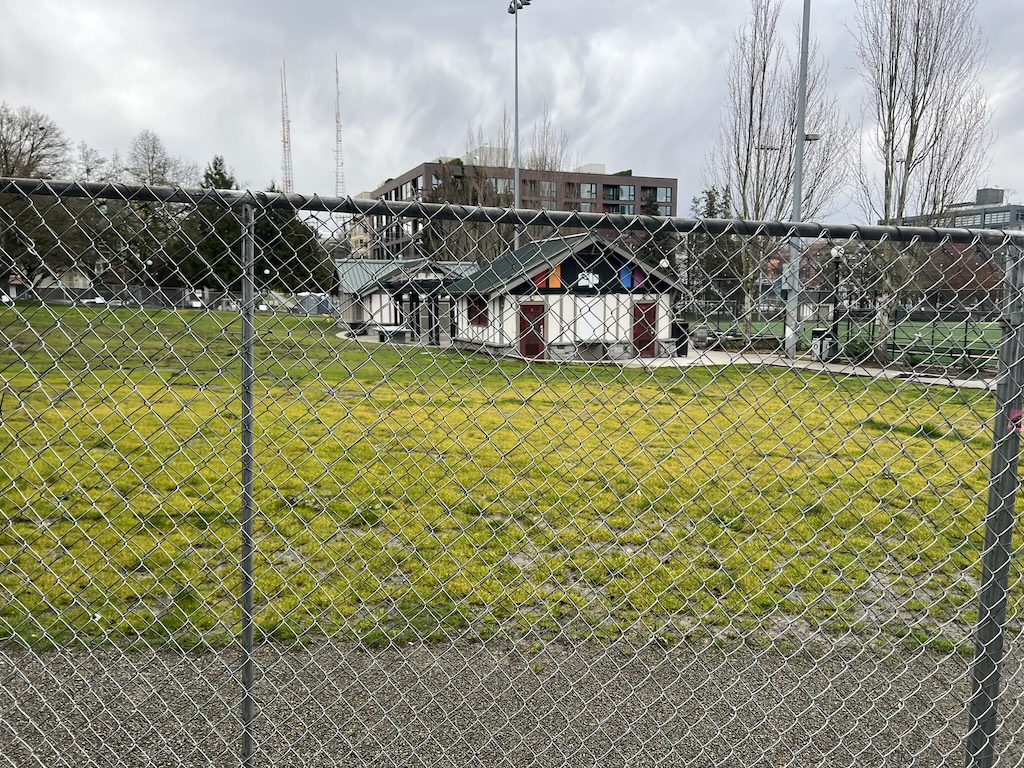
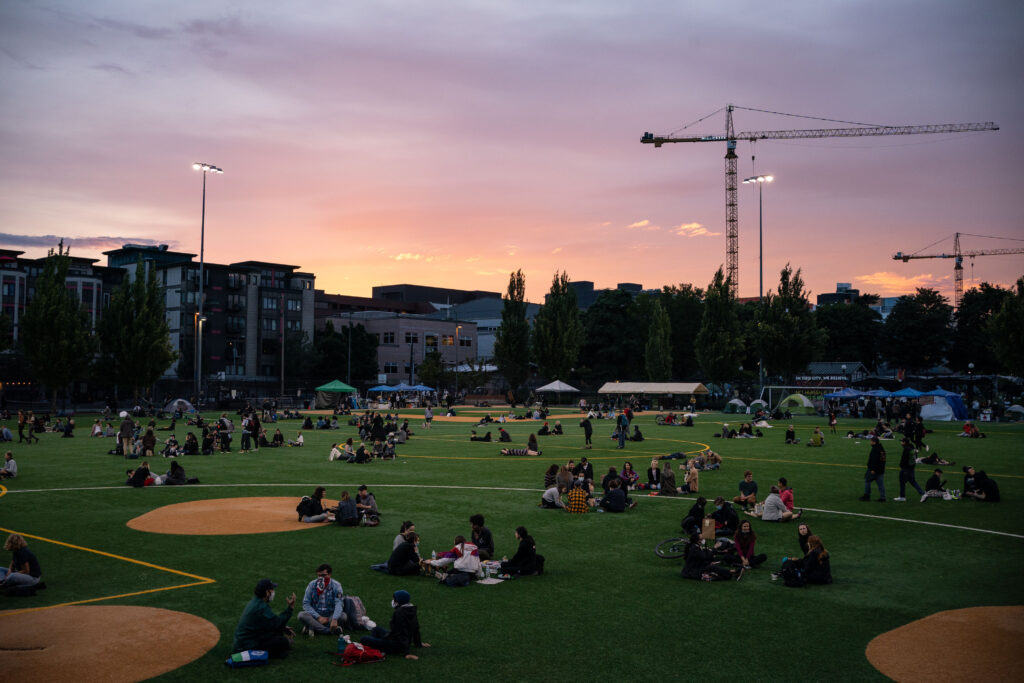
Across the street from the East Precinct is a mostly empty shopping center. The only remaining tenant is the Northwest Liquor and Wine store. However, it is hard to recognize this occupancy from the street. Its windows are completely covered with murals and graffiti messages attacking pharmaceutical companies. When the Sun tried speaking with the store’s manager, he declined to be interviewed on the record.
The former autonomous zone, as with other parks throughout the city, are rife with homeless people, frequently high on meth and fentanyl. Unlike other cities, Seattle’s homeless establish themselves with a greater degree of permanence, openly placing large tents that block entire sidewalks. When this reporter visited the site around 10 a.m., the homeless were encamped on the eastern border of Cal Anderson Park, outside a newly built multifamily housing complex. As the day went on, the vagrants would wander erratically through the street, openly smoking drugs and injecting themselves with syringes. Locals refer to their behavior as the “Fenty Flop,” where the homeless walk zombie-like, high on fentanyl, hunched over with their arms dangling.
The nadir of the Capitol Hill area’s decline has taken a toll on its residents, who, despite their progressive views being widely panned for spurring the problems, lamented the area’s challenges. One resident of the neighborhood who works in the restaurant industry, Kacey Wilson, stated to the Sun, “A lot of businesses have closed, a lot of stuff has opened up. Starbucks has had a failure right now. Some of my favorite restaurants are gone.”
Yet Ms. Wilson, as with many other residents who spoke with the Sun, was reticent both in explaining the recent history of the area and in identifying symptoms of what is to blame. The local resident, who stated she was not at Seattle for 2020, seemed to remark cheerfully on how the area became “a non-policed zone.” She explained how, at the time, “They kicked out the police at the station right there and occupied this area for a good two to three months.” Ms. Wilson added that the group managed to “build their own civilized community. And here, there were gardens provided to neighborhoods that were struggling. I just moved back in August.”
The occupied zone actually lasted only one month, with the area becoming a hotbed for violent crimes. In only a matter of weeks, the area descended into lawlessness. Several murders and an unknown number of violent crimes, including rape, were committed in the small enclave. Shortly after the area’s occupation, a local rapper known as Raz Simone appointed himself as the zone’s leader. Carrying heavy weapons, including AK-47’s, Mr. Simone’s control over the area was compared at the time to that of a warlord. At least several lawsuits accusing the eccentric of various sexual crimes have been levied against Mr. Simone. The rapper did not respond to the Sun’s request for comment.
Another resident with whom the Sun spoke had also recently come to the area. Daniel Makziller moved to the area in June from New York City’s beleaguered East Harlem neighborhood. Mr. Makziller now lives in the area with his wife and infant daughter.
Asked whether he felt safe in the neighborhood, Mr. MakZiller stated, “I feel safer here than I did in East Harlem, where I would regularly be asked for money at gunpoint. Here, someone asked for money at machete point.”
Mr. MakZiller added that the city had its own set of challenges which made the city more difficult than the Big Apple. Yet, he added, “Washington state on the whole, and the city, is plagued by a lack of enforcement mechanisms. We have a squatter living in our attic. We haven’t been able to get him out for over a year. The [landlord] rights are very strong but there are only two judges that see these cases. So you have strong laws but then you are forced to wait 18 months to get a trial date. That is 18 months that we are forced to live with this creepy guy in our house that we can’t get rid of who does drugs and whatever.”
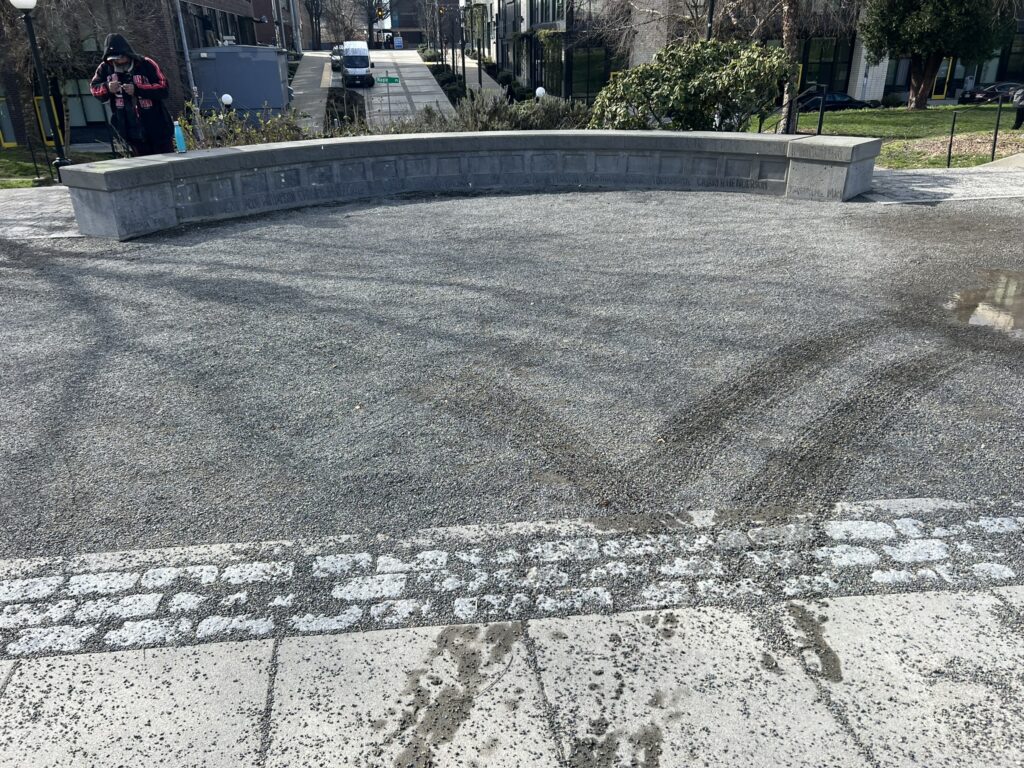
Mr. MakZiller described the area as having an atmosphere of “desperation” caused by a “societal issue.” When asked to elaborate on the societal issues, he pinned them as “housing and a lack of resources and safe needle drop off points, and that there are no safe crosswalks.”
Nearly all residents whom the Sun spoke with, including Mr. MakZiller and Ms. Wilson, were new arrivals or returnees to the area of the past year, suggesting a significant turnover. The only resident of the area whom the Sun was able to speak with who had been in the area for over a year seemed to be deeply committed to the aims of the previous autonomous zone and was visibly frustrated at the Sun’s interviewer’s questions about the crimes affecting the city.
The Sun spoke a software developer who had been living in the Capitol Hill area for ten years, Randy Saldinger.
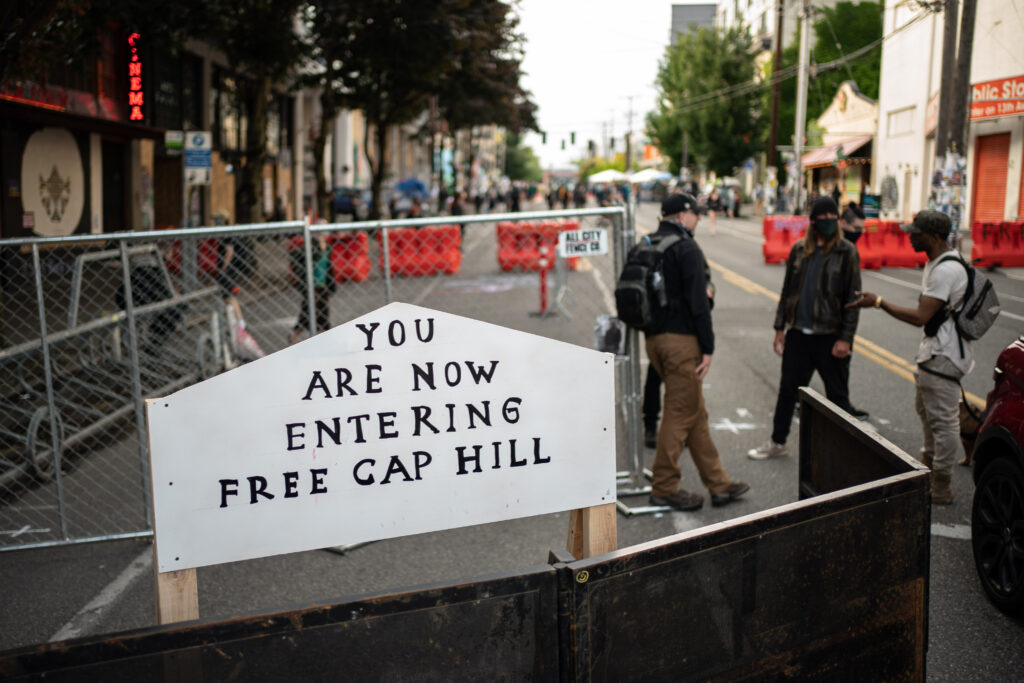
Mr. Saldinger said, “The whole Seattle is dying is such a meme and is bullsh-t.” He added that, “As far as the racial justice movement that started at the same time, there is nothing to recover from.”
“Reports of crime are overblown and politicized.” Mr. Saldinger conceded that homelessness and drugs were a real issue but said the “current political establishment is trying to push which is a load of sh-t” for having misidentified lax drug laws as the root of the problem.

